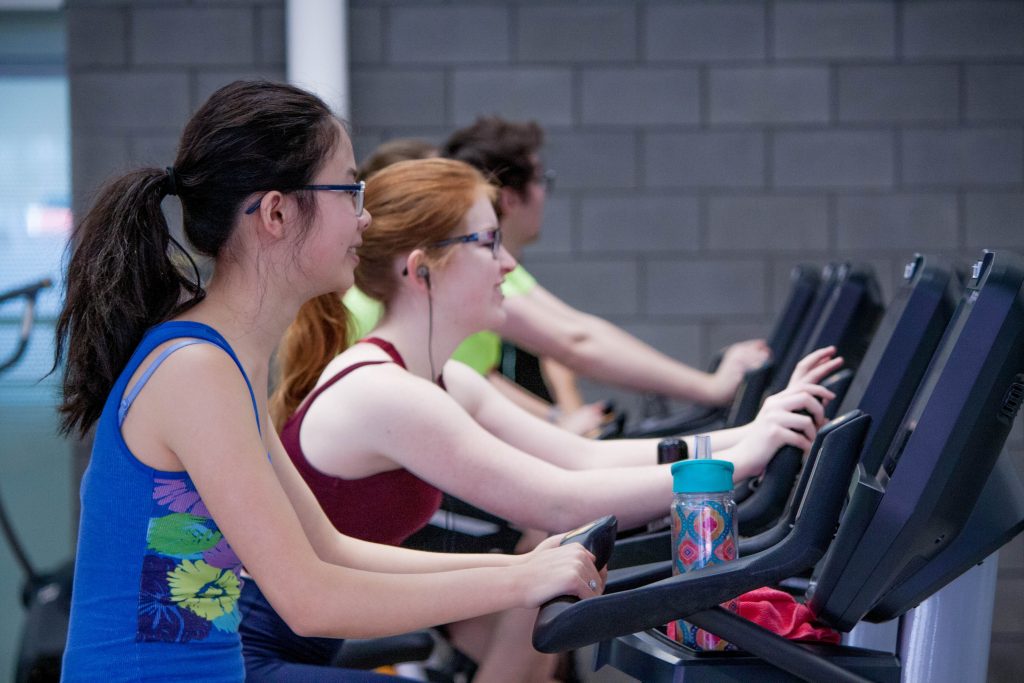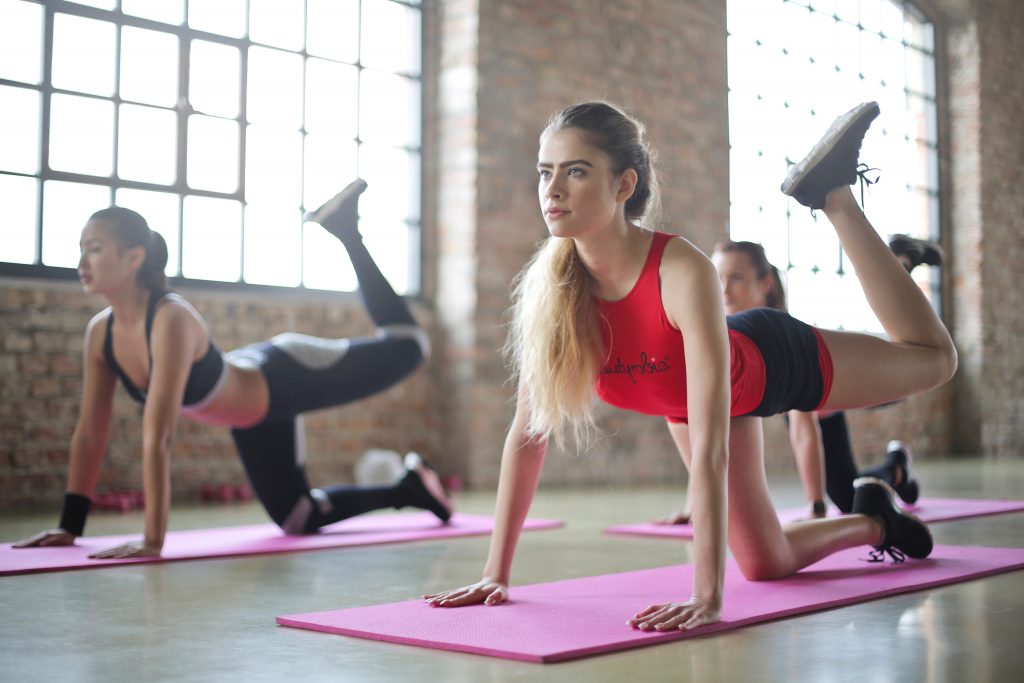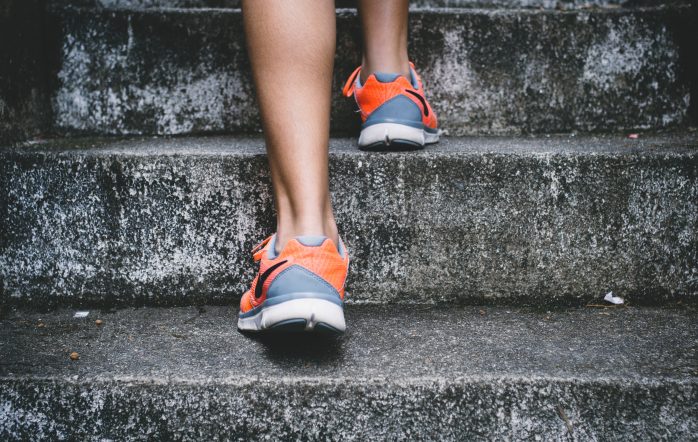Physical activity is now considered one of the “big four” lifestyle factors (along with smoking, nutrition and drug abuse) that have major effects on health. In 2015, the Academy of Medical Royal Colleges put out a report summarizing the benefits of exercise, calling it both a “miracle cure” and a “wonder drug.” The report observes that regular exercise can prevent dementia, type 2 diabetes, some cancers, depression, heart disease and other common serious conditions — reducing the risk of each by at least 30%. This is better than many drugs.
Numerous governmental agencies, including the World Health Organization, the U.S. Department of Health Services, and the National Health Service in the U.K., have published physical activity guidelines. They are based on expert analysis of the voluminous research looking at physical activity, fitness and health. Here is a brief summary of their advice.
The guidelines suggest at least 150 minutes per week of “moderate” physical activity, or half as much “vigorous” activity. (See below for definitions.) But this is just the minimum, and a better goal would be 300 minutes of moderate activity per week. Adding more exercise may continue to reduce mortality until as much as 750 minutes per week, after which point the health benefits of physical activity seem to flatline.
“Moderate” activity defined
Moderate activities are usually light aerobic exercise — continuous cyclic movements done at an easy pace. Examples include:
-
brisk walking
-
hiking
-
gardening or yard work
-
jogging, cycling or swimming at an easy pace
Moderate exertion feels like you are working, but not in a way that is unpleasant or difficult to continue. Heart rate is about 60-80% of maximum, and breathing rate is elevated to a point where it would be difficult to sing, but easy to talk. You may break a light sweat but will not become significantly overheated. After finishing a session of moderate physical activity, you could probably complete another one if necessary.

“Vigorous” activity defined
Vigorous activity is higher intensity work that can be either continuous or intermittent. Examples include:
-
resistance training with weights, machines, bands, or bodyweight
-
sprinting or high intensity interval training on a cycle or rowing machine
-
continuous running, cycling, swimming, or rowing at a challenging pace
-
heavy manual labor
During continuous vigorous activity such as running or cycling, you are approaching the fastest pace you can sustain for twenty or more minutes. Your breathing rate is high enough that you cannot have a conversation. Intermittent activities like weight lifting, sports or sprint- ing cannot be performed continuously, but only in intervals. Vigorous physical activity feels hard and requires willpower to continue. When you are finished, you will probably want to rest at least a day before completing a similarly tough workout.

Movements that challenge strength
Most guidelines recommend that the above weekly totals should include at least two sessions that maintain or build strength in all major muscle groups. Although the majority of research on physical activity relates to aerobic exercise, there is a large and growing number of studies showing equally impressive health gains from strength training. Some of these benefits are not available with aerobic exercise, especially preservation of muscle mass, which declines with age, often to a point where function is significantly compromised.

Movements that challenge mobility and basic coordination
Some popular guidelines, but not all, recommend inclusion of movements that maintain functional ranges of motion, and basic movement skills like squatting or single leg balance. This doesn’t mean you need exercises specifically devoted to this purpose, such as stretching or corrective exercise. Many common activities challenge mobility and functional movement skills, including dancing, swimming, martial arts, gymnastics, climbing, calisthenics, or classic compound strength exercises like pushups, pull-ups, rows, presses, squats and lunges. On the other hand, if all you do is bike or run, you will not be challenging your mobility or coordination very much.
Physical Activity Levels of Hunter-Gatherers
Another way to approach the question of how to move is to consider the physical activity levels of humans living in more natural environments. This is the same logic you would apply to analyzing the health needs of any other animal. If you had a pet cheetah and wanted to know how much running she should do to maintain good health, you would try to learn something about how much cheetahs run in the wild. If you had a pet chimp, you would take him to the climbing gym, not the swimming pool.
Anthropologists who study hunter-gatherer cultures observe that they generally enjoy excellent health and fitness, and have low to non-existent rates of chronic diseases associated with a sedentary lifestyle. They engage in high levels of physical activity, but certainly do not consider it to be exercise or medicine. Movement is simply inseparable from almost every meaningful event in their lives. Although each hunter-gatherer culture has a different lifestyle, there are some general patterns and averages that are informative.
Men usually spend the day hunting, which requires lots of walking, occasional jogging, and the odd sprint. They sometimes climb trees, dig to find tubers, and carry food back to camp, which must be butchered. Women generally spend their days gathering plants, and also caring for young children, who often must be carried. Back at camp, men and women engage in toolmaking, and food preparation. Down time is spent sitting on the ground in positions like squats that challenge lower body mobility.
Although they are moving all day, the pace is not grueling. Recent studies on the Hadza tribe in Tanzania show that they do about 135 minutes per day of moderate to vigorous physical activity. That’s about 900 minutes of activity a week, just a bit past the point at which recent studies have found that adding more exercise stops providing any significant additional health benefits in terms of reduced mortality.
Some days involve hard work, but they are usually followed by easy days. Presumably some days will involve maximum intensity effort, such as sprinting or carrying a heavy load. Interestingly, activity levels do not decline much with age. The 65-year-old elders keep up just fine with the young adults. A good percentage of the total workload is walking 5-10 miles per day. If you think in terms of steps, this is about 10 to 20,000.
A Quick Summary
If you want to “play” with fitness as a way to improve general health, here are some “rules of the game” to keep in mind. Have as much fun as possible within these basic constraints:
-
Aim for at least half an hour and up to two hours of physical activity almost every day.
-
Movement should be varied in terms of volume, intensity and type. Most activity can be fairly light. Walking is the most natural and beneficial movement for human beings.
-
Every few days, include some high intensity work that significantly challenges your strength, power, and/or capacity to sustain high energy output for a short period of time. Climbing, running and resistance training are logical choices.
-
Include movements that challenge coordination, balance, and range of motion.
Or to put this in even simpler terms:
-
Move around a lot at a slow easy pace.
-
Frequently move with some urgency or pick up something heavy.
-
Every once in a while, move like your life depends on it.
And have fun!
Physical activity activity isn’t like taking medicine, you know.





Leave a comment